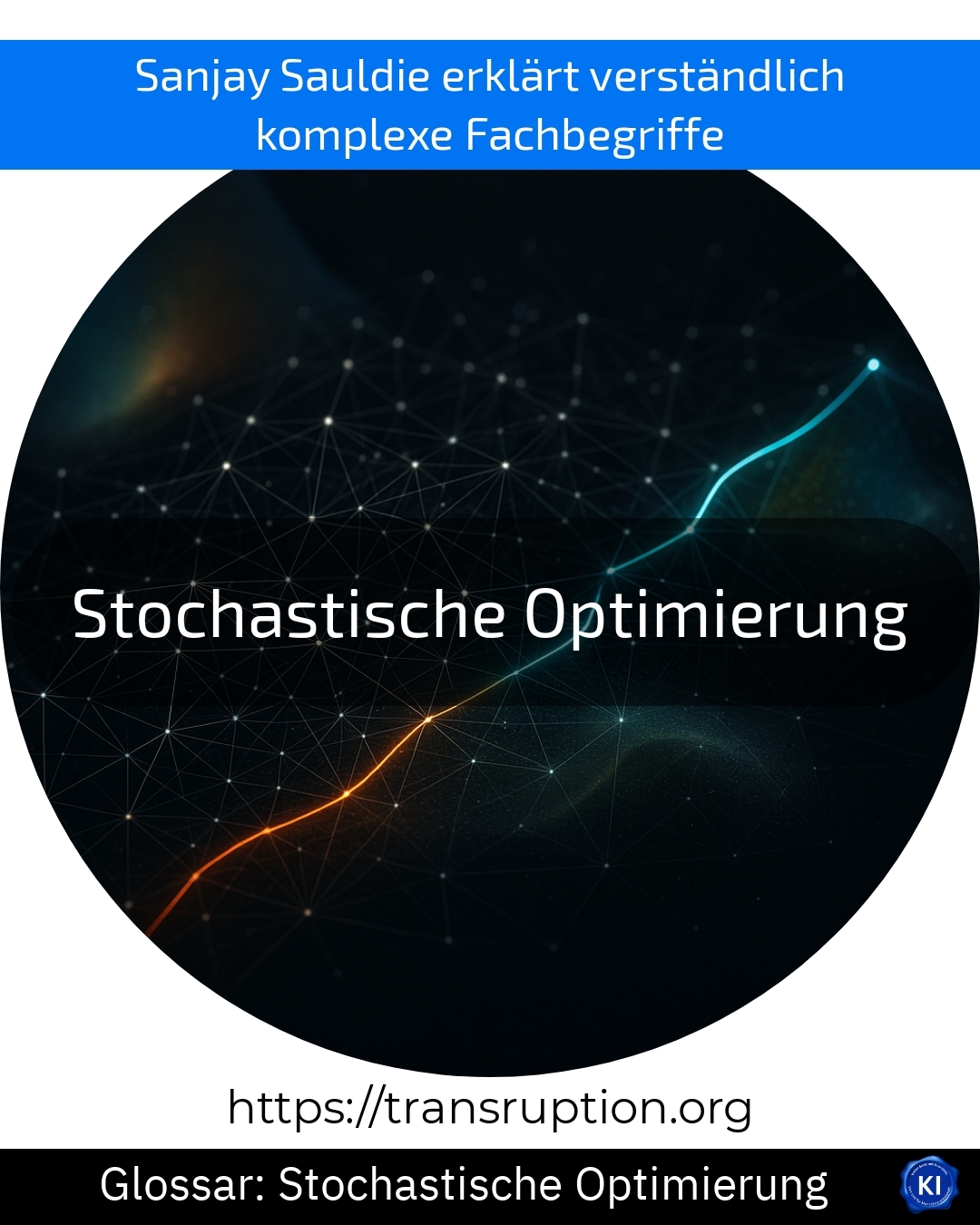Stochastic optimisation is primarily used in the fields of artificial intelligence, big data and smart data as well as industry and Factory 4.0. It is a method used to find the best solution to a problem in which uncertainty or chance plays a role.
In contrast to normal optimisation methods, where all data is known, stochastic optimisation works with "probable" data. This means that the method takes into account the fact that some information is missing or fluctuates and still finds a good way to achieve the desired goal.
An illustrative example is production planning in a factory. Here, you don't always know exactly how much demand there will be in the next week. With stochastic optimisation, the factory management can still plan how many products should be manufactured. This saves costs, reduces stock levels and ensures that resources are optimally utilised.
Whether controlling robots or analysing large amounts of data, stochastic optimisation helps to deal with uncertainties and make better decisions. This method is becoming increasingly important in the digital transformation, as many processes today are influenced by constantly changing data.















